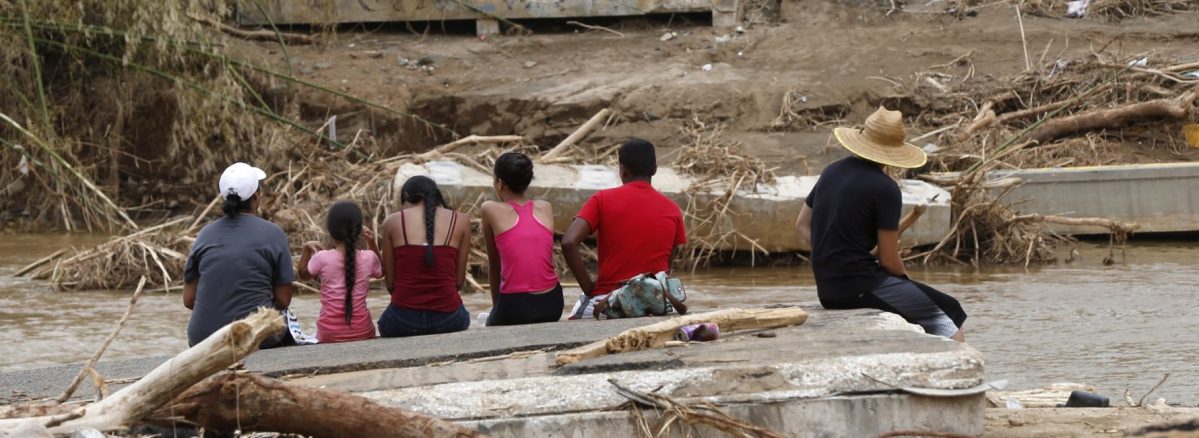The technology exists to help deliver aid supplies to hurricane-stricken without being slowed down by the island’s heavily-damaged infrastructure.
Only the drones that could potentially help can’t get off the ground.
Wired examined why the unmanned aircraft — including the ones that exist with the capability to transport medical supplies and food to remote areas — are not being used in the increasingly dire humanitarian crisis.
“If the roads are down and there aren’t enough helicopters out there, we should be using drones to do the work. This is not sci-fi technology. It exists now,” Brett Velicovich, whose company, Expert Drones, assisted in Florida and Texas after Hurricanes Harvey and Irma, told the tech news outlet.
“Private industry and the government are catching up to the capabilities of drones, slowly, but a lot of companies that can produce this technology still aren’t getting the funding they need.”
Writer Eric Adams puts the onus on the FAA’s risk-adverse policy on allowing drone flights in commercial airspace. The agency, however, did authorize waivers for some drones to perform aerial surveillance in Texas and Florida.
Wired points out that a survey from the Swiss Foundation for Mine Action, found 60 percent of international aid professionals are in favor of drone use as a method of delivering help to remote areas.
Still, it seems the bureaucracy may be lagging behind the technology.
This article was featured in the InsideHook newsletter. Sign up now.
























